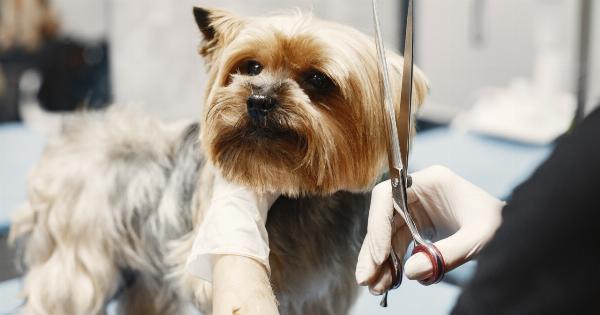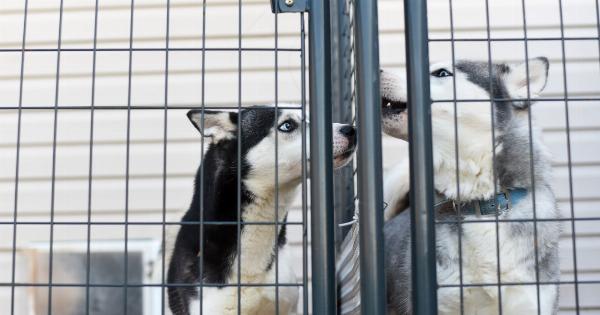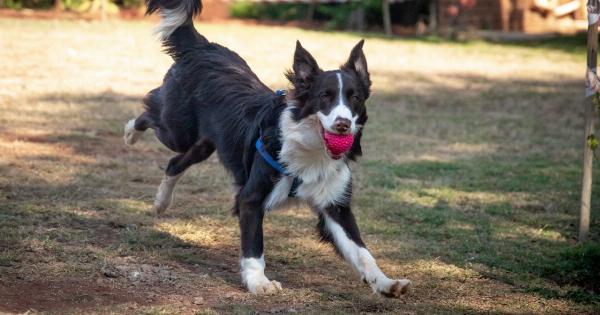Having a pet can be a wonderful and rewarding experience, but it’s important to know what you’re getting into before you bring a new furry friend into your home.
From choosing the right type of pet to providing him or her with proper care and attention, there are a lot of things to consider when it comes to pet ownership. In this ultimate guide, we’ll cover everything you need to know to be a responsible pet owner.
Choosing the Right Type of Pet
The first step in owning a pet is choosing the right type of pet for your lifestyle. Different types of pets have different needs, and it’s important to choose a pet that you can provide for in terms of time, space, and resources.
Here are some things to consider when choosing a pet:.
Size and Space Requirements
The size of your home and your living situation will play a big role in choosing the right pet. If you live in a small apartment, for example, a large dog may not be the best choice.
On the other hand, a fish or a small rodent may be a good choice for a small space. Consider the space requirements of different types of pets before making your choice.
Time Commitment
Some pets require more time and attention than others. A dog, for example, will need to be walked and played with on a daily basis, while a cat may be content to spend most of its time sleeping.
Consider how much time you have to devote to your pet before making a decision.
Allergies and Health Issues
If you or someone in your household has allergies or health issues, it’s important to choose a pet that won’t aggravate these conditions. For example, if you have allergies, a hypoallergenic breed of dog may be a good choice.
Providing Proper Care for Your Pet
Once you’ve chosen a pet, the next step is to provide him or her with proper care. This includes everything from feeding and grooming to training and socialization. Here are some things to consider when it comes to caring for your pet:.
Feeding and Nutrition
It’s important to provide your pet with a balanced diet that meets his or her nutritional needs. This may include a combination of dry and wet food or a specialized diet for certain types of pets.
Talk to your veterinarian about the best diet for your pet.
Grooming and Hygiene
Regular grooming and hygiene are important for keeping your pet healthy and comfortable. This may include brushing your pet’s fur, trimming their nails, and giving them regular baths.
Again, talk to your veterinarian about the best grooming practices for your specific pet.
Training and Socialization
Training and socialization are important for helping your pet develop good behaviors and interact well with people and other animals.
This may include obedience training, socializing your pet with other animals, and providing plenty of opportunities for play and exercise.
Common Health Issues and How to Prevent Them
Just like humans, pets are susceptible to a variety of health issues. It’s important to be aware of these issues and take steps to prevent them. Here are some common health issues in pets:.
Obesity
Obesity is a common issue in pets, particularly in dogs and cats. This can lead to a range of health issues, including joint problems, diabetes, heart disease, and more.
To prevent obesity, make sure your pet gets plenty of exercise and feed him or her a balanced diet.
Dental Problems
Dental problems, such as periodontal disease, are common in pets. To prevent dental issues, make sure you regularly brush your pet’s teeth or provide them with dental treats specifically designed to promote oral health.
Fleas and Ticks
Fleas and ticks are common parasites that can cause a range of health issues in pets. To prevent these pests, make sure your pet is treated with a flea and tick preventative medicine recommended by your veterinarian.
Making Your Home Pet-Friendly
Finally, it’s important to make your home a safe and comfortable environment for your pet.
This may include pet-proofing certain areas of your home, providing plenty of toys and activities to keep your pet entertained, and creating a cozy sleeping area for them. Here are some tips for making your home pet-friendly:.
Pet-Proofing
Make sure your home is safe for your pet by removing any potential hazards, such as toxic plants or loose electrical cords. Also, make sure any hazardous chemicals, such as cleaning supplies or pesticides, are stored out of reach of your pet.
Toys and Activities
Provide your pet with plenty of toys and activities to keep them entertained. This may include puzzles, chew toys, and interactive toys that promote physical and mental stimulation.
A Cozy Sleeping Area
Your pet will need a comfortable and cozy place to sleep. This may include a designated bed, crate, or sleeping area that is quiet and away from any distractions.






























